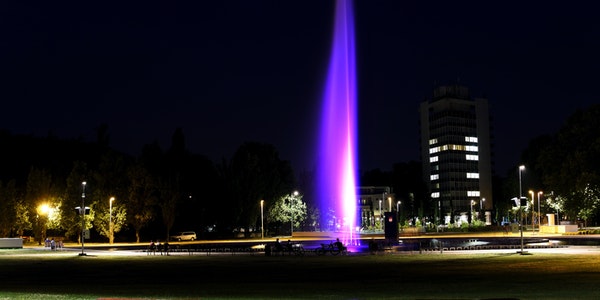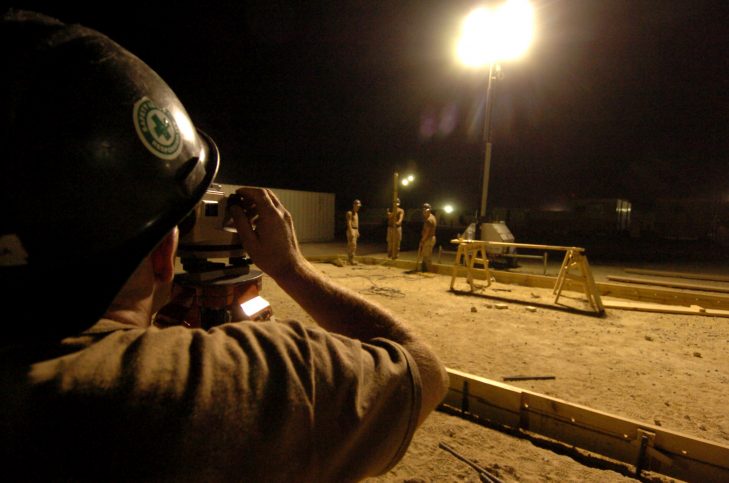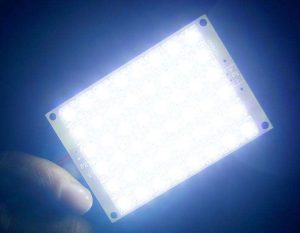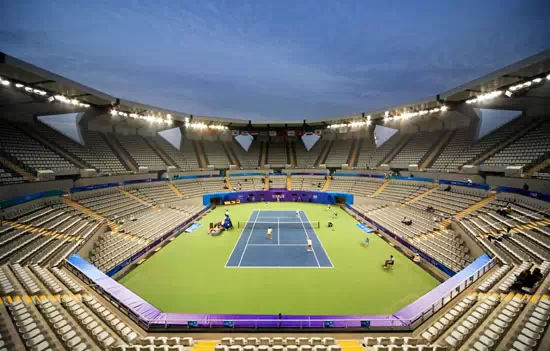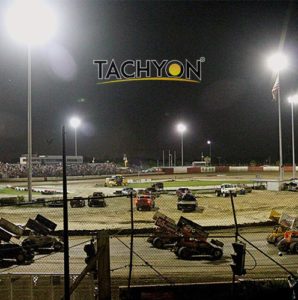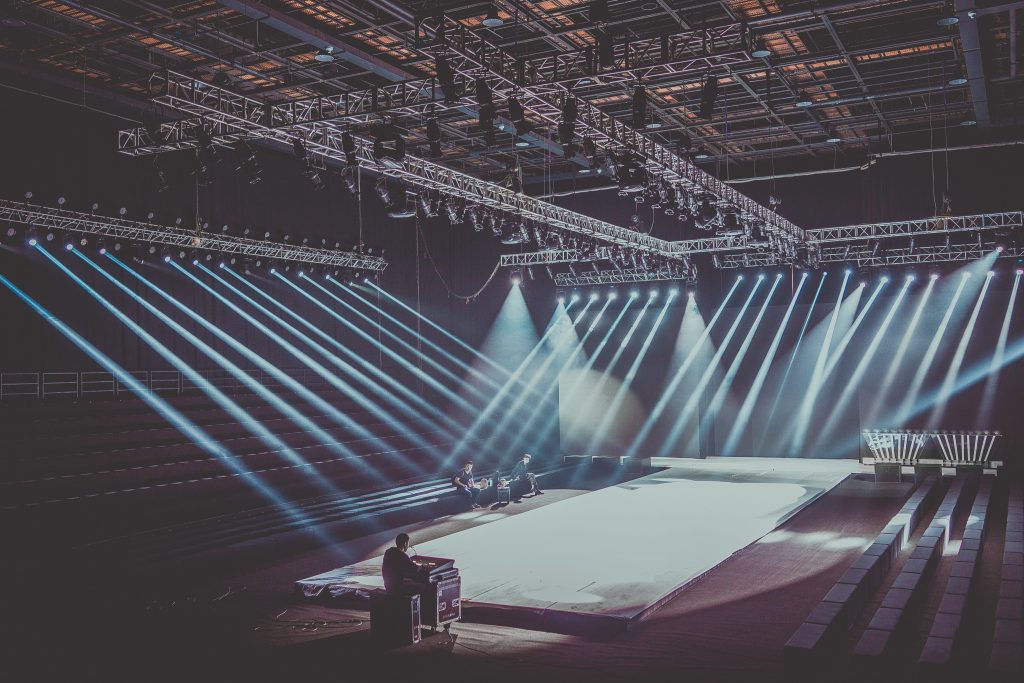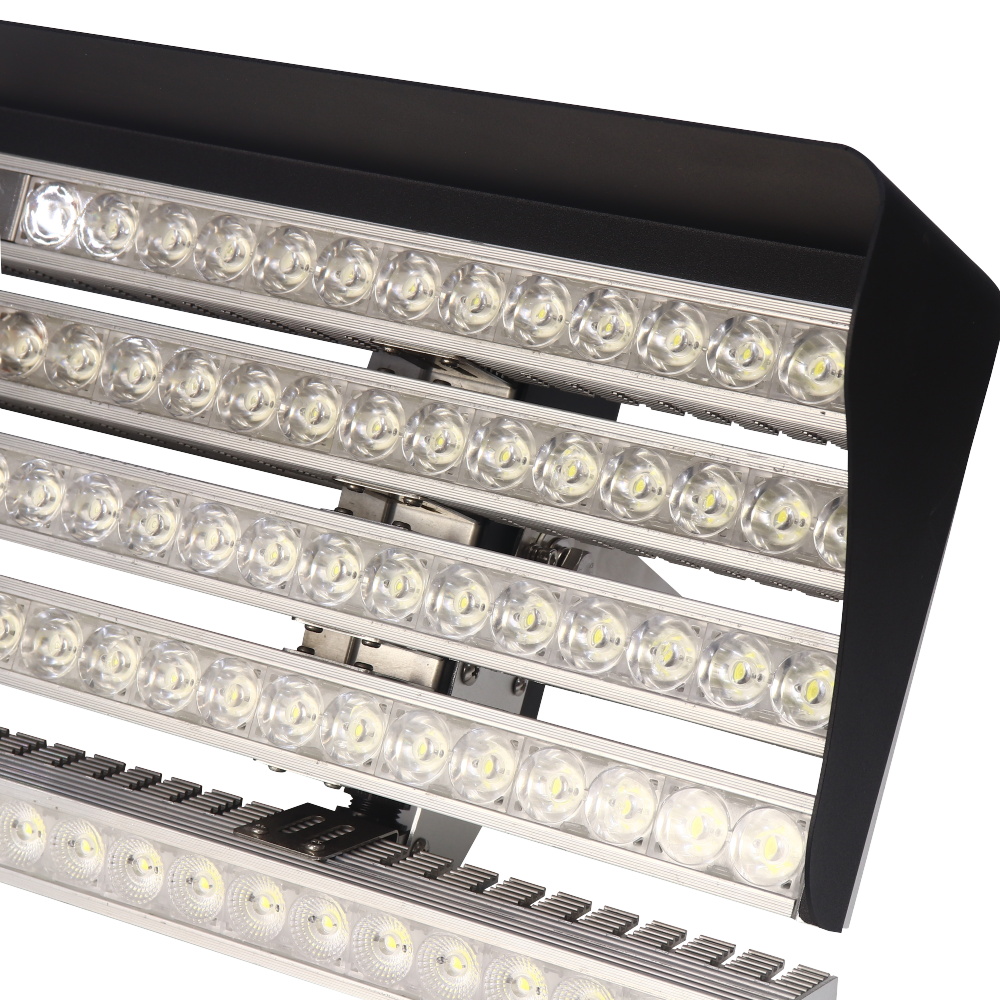Color Rendering Index (CRI)
Refers to the appearance of a target object under a light source compared with the original color under a reference light source (such as daylight), how realistic the performance is the same as the original color
Contrast sensitivity (contrastsensitivity)
The ability to detect differences in brightness, if stated qualitatively, it is equal to the reciprocal of the contrast limit
Cutoff angle ofa luminaire
Measured from the lowest point, the angle between the first ray of naked light that cannot be seen by the human eye and the vertical line
Diffuse reflection
Refers to the process in which the incident light beam is reflected back within a certain angle range
Diffused lighting
Refers to an illumination method in which the incident light does not mainly come from a single special direction
Diffuser
Refers to a device that can reflect or scatter the light emitted by a light source, usually mainly through diffusion
Direct glare
Glare caused by extremely high brightness, insufficient light source shielding, or high-brightness reflection in the field of view.
Directional lighting (directionallighting)
Refers to lighting mainly from a single direction on the work surface or target
Disability glare
Refers to the glare that reduces visual function and visibility
Discomfort glare
Glare that instructs people to feel uncomfortable
Fenestration
Refers to any daylighting method that uses window openings or window opening arrangements (usually controlled by light media) to introduce daylight.
Field angle or beam angle (field angle)
On a plane perpendicular to the centerline of the beam, the luminosity is equal to the angle between the two directions of 10% of the maximum luminosity.
Floodlight
Refers to a light projector designed to illuminate a scene or object when the lighting requirements of the reference scene or object are much stronger than its background.
Flushmounted or recessed luminaire
Refers to a lamp installed in the ceiling (or placed in a wall or other compartment). The opening of the lamp is usually in line with the plane where it is located.
General lighting
Provide a lighting design that shows a substantially uniform distribution of illuminance in all areas.
Glare
There is a sense of light in the visual field that the human eye cannot adapt to, which may cause disgust, discomfort or even loss of clarity
Illuminance (luxor foot candle)meter
An instrument that measures illuminance on a flat surface.
Intensity
Abbreviation of luminous intensity and radiant intensity
inverse-square law
E=I/d2–The illuminance is inversely proportional to the square of the distance and directly proportional to the luminosity
Isolux (isofootcandle) line)
Refers to a curve drawn with appropriate coordinates on all points of the same illuminance on the illuminated surface; different isoilluminance lines constitute an isoilluminance diagram.
lamp lumen depreciation factor (LLD)
A multiplier used in lighting calculations to indicate the relationship between the initial illuminance of the tube and the expected minimum illuminance at the end of the use of the tube
Lamp shielding angle
Refers to the angle between the light shielding body or the plane of the armor plate and the horizontal plane closest to the tangent direction of the light and the armor plate. Usually the shading angle of the electric lamp is greater than (never less than) the shading angle of the armor plate
Lens
A glass or plastic component used in lamps that can change the direction of light or control the distribution of light
Light
Radiation energy that can excite the retina to produce visual ability; the visible spectrum of electromagnetic waves ranges from 380 to 770nm (10-9m)
Light loss factor (light loss factor, LLF)
A coefficient used to calculate the magnitude of illuminance under known conditions and over a period of time, which takes into account factors such as temperature, voltage changes, the amount of dust accumulation on the outside of lamps and rooms, the depreciation of electric lamps, and atmospheric conditions. Formerly also known as maintenance factor.
Local lighting
Provides illuminance for small areas or local areas of lighting design, which does not provide any more significant general surrounding lighting
Localized general lighting
Refers to the use of lamps and lanterns on the work post to provide lighting, usually also includes the surrounding lighting of the work post
Louver
A string of reflectors used to shield or absorb unwanted light at a certain angle, usually arranged in geometric shapes
Louver shielding angle
Refers to the angle between the horizontal plane of the light shielding body or the shutter and the plane that hides all the equipment in the lamp
Louvered ceiling
It belongs to a ceiling type area lighting system, which uses multiple grid-shaped shutters to shield the light source installed on it
Lumen calculation method (lumen (or flux) method)
A lighting design program used to determine the relationship between the number and type of electric lamps or lamps, the characteristics of the room, and the average illuminance level of the working surface. It considers both the direct luminous flux and the reflected luminous flux.
Luminaire
Refers to the complete lighting equipment, including one or more electric lights and its accessory equipment
Luminaire dust depreciation factor (luminairedirt depreciation factor, LDD)
A multiplier used to calculate the illuminance, indicating the relationship between the illuminance of the luminaire when it is clean and new and the illuminance of the luminaire after dust accumulation
Lamp efficiency
Refers to the ratio of the luminous flux emitted by the lamp to the luminous flux emitted by the lamp
luminance photometric brightness
Refers to the luminosity per unit area of any illuminated surface in a known direction from that direction. All visible objects have some brightness
luminance contrast
Refers to the relationship between the brightness of the target object and its direct background brightness
luminance difference
Refers to the difference in brightness between the two regions
luminance ratio
The ratio of the brightness of the two areas in the field of view
luminous ceiling
It belongs to a ceiling type area lighting system, which is composed of a continuous plane that can be penetrated by light. The light source is installed on the top and can be diffused or controlled to change the light emitting method.
luminance efficacy of a Light source
Equal to the total luminous flux emitted by the lamp divided by the total input power, in lumens/watt
luminous flux
Refers to the total amount of light emitted by a light source in a certain unit time, generally referred to as light beam, and the unit is lumens
luminous intensity
A point light source radiates in a known direction. The luminous flux emitted within a unit solid angle is called candlelight or lumens/solid angle.
Lux
SI system of illuminance unit, the illuminance of one lux can be obtained by irradiating a first-class bright beam on a working surface of one square meter
Matte surface
Refers to reflection is mainly a diffuse component that can be ignored, see diffusereflection
Mercury lamp
Refers to a high-intensity discharge lamp (HID), which is mainly formed by applying mercury to 105Pa (about one atmospheric pressure) to emit light.
Mounting height above the work-plane
Refers to the distance from the work surface to the center of the light source of the luminaire, or the distance to the ceiling (referring to hidden luminaires).
Point method
Also known as the point-by-point method, it is a lighting design program that uses the lighting brightness data of the lamps to determine the illuminance of the lighting system installed in different locations. The total illuminance at a certain point is equal to the sum of the direct illuminance of the lamp and the illuminance between the surface of the room.
Primary playing area
Refers to the entire competition area where the illuminance level must be maintained
Quality of lighting
The measurement of lighting distribution in a visual environment. This term is often used as a positive evaluation to indicate whether all lighting meets the requirements of visual function, visual comfort, ease of viewing, safety, and aesthetics.
Reflectance (reflectance of asurface or medium)
Namely DXr/Di, which represents the ratio of reflected luminous flux to incident luminous flux
Reflected glare
Refers to the glare caused by the highly reflective bright light produced by polished objects or smooth objects in the field of view
Reflection
Refers to a general term describing the process of incident luminous flux leaving from the illuminated surface or the incident surface of the medium
Reflector
Refers to a device that regenerates light flux by reflection
Room utilization factor (utilance)
Refers to the ratio of the luminous flux received by the working surface to the luminous flux emitted by the lamp
Secondary playing area
Refers to the area between the main competition area and actual obstacles (such as fences)
(Shielding angle (of a luminaire))
Refers to the angle between the horizontal line passing through the center of the light source and the first line of naked light that can be seen by the human eye
Spotlight
Refers to a lamp with a very narrow beam angle to illuminate a specific area
Stray light
Generally refers to light that exceeds the line of sight of the eye’s retina
Subjective brightness
Refers to any main attributes related to light perception produced by light perception, including all visual attributes of brightness, illuminance, brightness, dimming or darkness
Supplementary lighting
Refers to the lighting that provides additional quality and quantity of illuminance, which cannot be obtained by a general lighting system, and is usually installed for special work needs
Surface mounted luminaire
Refers to lamps directly installed on the ceiling
Task lighting
Refers to the direct lighting of a particularly illuminated area or area that provides sufficient illuminance depending on the workplace.
Transmission
P=Xt/Xi; refers to the ratio of the transmitted luminous flux to the incident luminous flux
transmittance
Refers to the process in which the luminous flux leaves the illuminated surface or the other side of the incident surface of the medium
Tungsten-halogen lamp
Refers to an inflatable tungsten filament incandescent lamp
Veiling luminance
Refers to a lighting method that reduces the contrast of retinal images. In the field of vision, you can use this method to change the visual function and brightness of the strong light area
Veiling reflection
The use of light curtain diffuse reflection will reduce the contrast of brightness and make the target more unclear
Visibility (visibility)
Refers to the quality and state of human vision. Outdoors, it refers to the distance at which the target can be detected by human eyes. Indoors, it refers to the ability to see the actual object clearly in a standard visual environment
Visual acuity
A measure of visual ability that refers to the clarity of recognizable targets
Visual angle
Refers to the arc angle from the observation point to the target or specific object, usually measured in arc
Visual field
If the head and eyes are kept fixed, the trajectory range of the target or point in space that the human eye can see
Visual perception
An explanation that refers to the transmission of real external impressions from the retina to the brain when the human eye sees it
Visual performance
Taking speed and accuracy into consideration, a quantitative assessment of the illuminance of the workplace
Visual surround
In addition to the part of the field of vision other than the job
Visual task
Traditionally refers to the visual conditions necessary to complete a given task, under which all relevant targets and work details can be seen.
work-plane
Usually refers to the place where the work is completed, where the illuminance is standardized and measured. Unless otherwise stated, it is generally assumed to be on a horizontal plane 0.76 meters (30 inches) above the floor.

